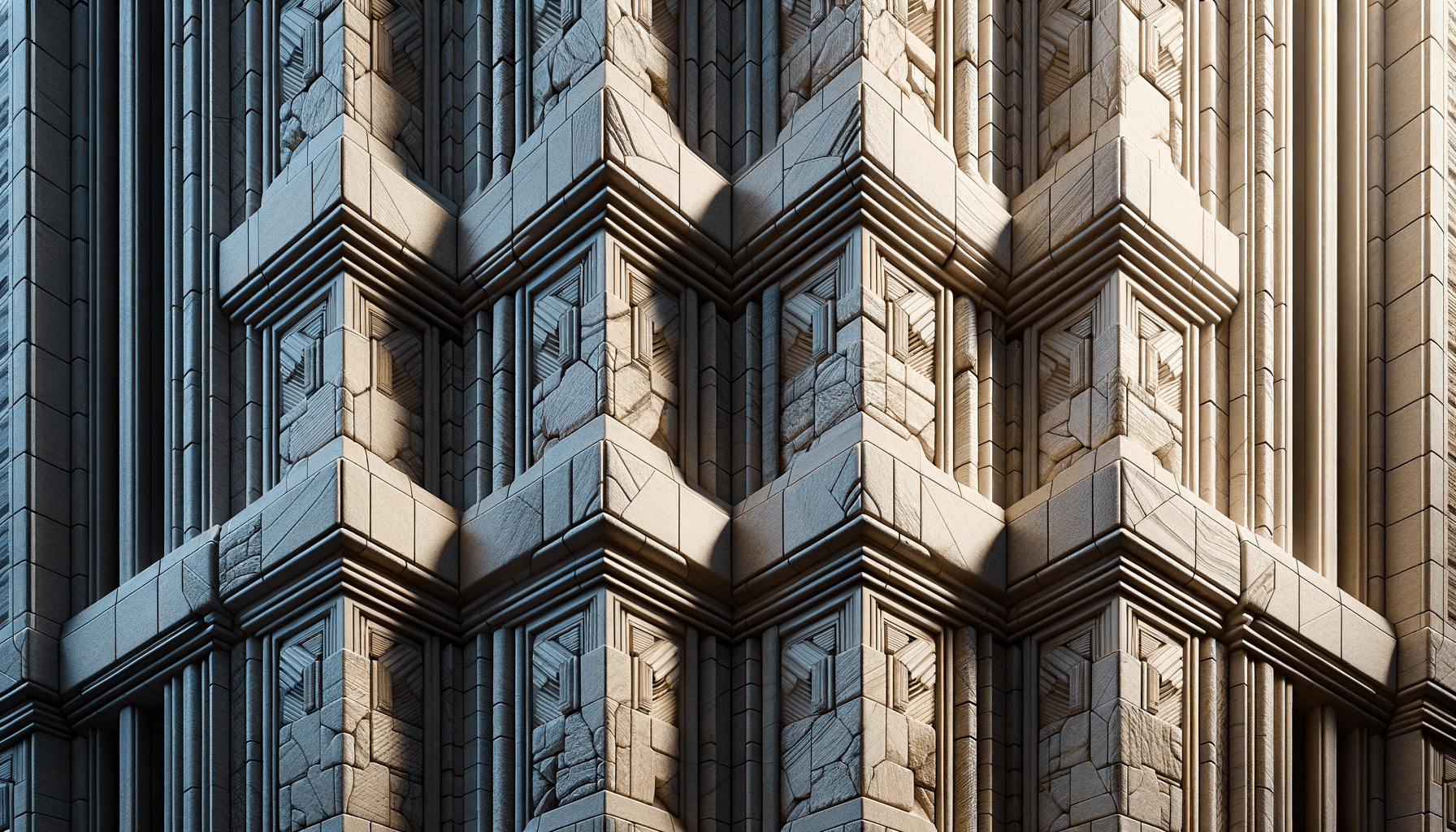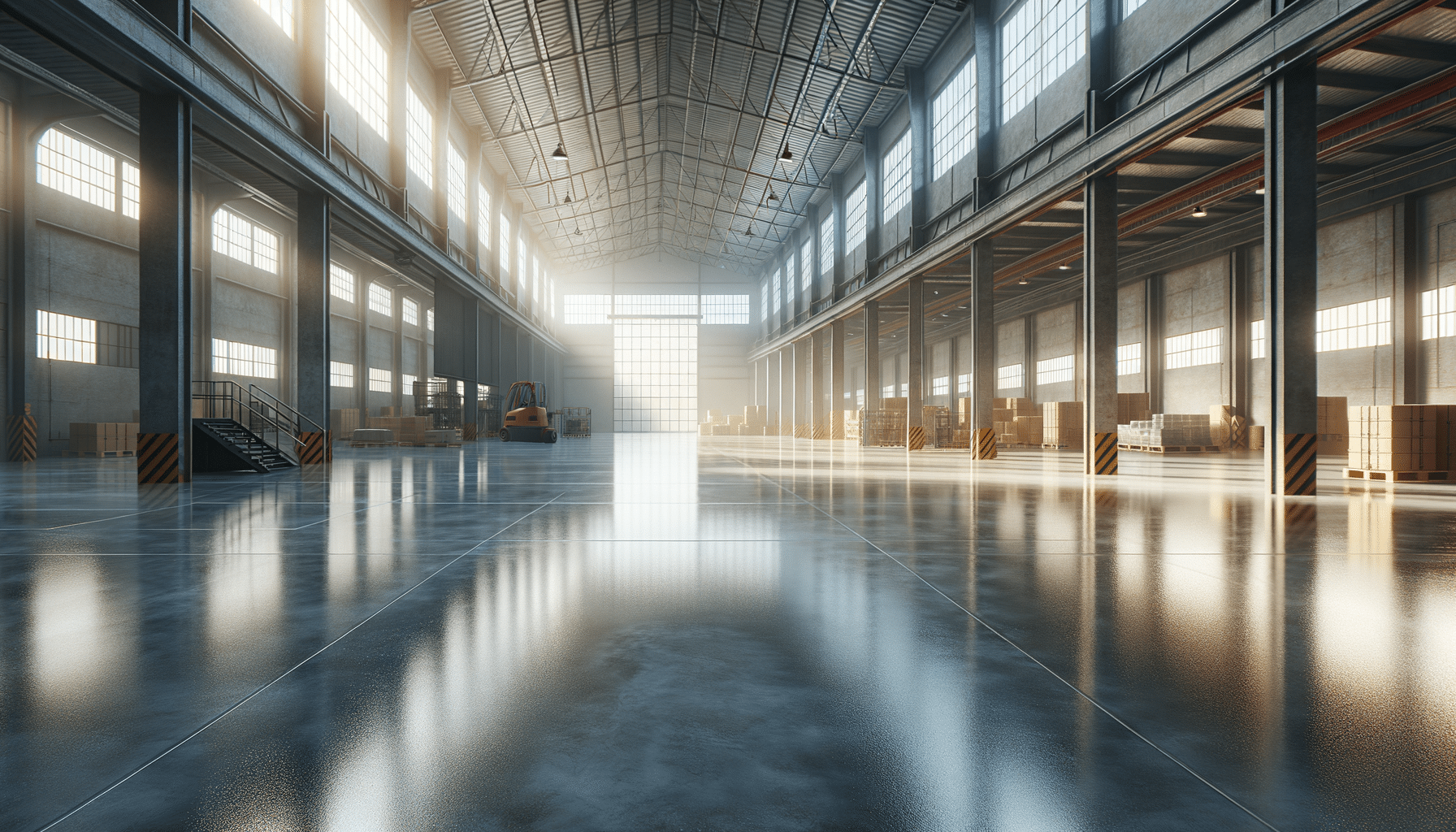
Exploring the Versatile World of Fiberglass Grating
Introduction to Fiberglass Grating
Fiberglass grating is a highly versatile and durable material that has gained significant popularity across various industries. Known for its exceptional strength-to-weight ratio, fiberglass grating is crafted from a composite of fiberglass and resin, resulting in a product that is both lightweight and robust. This unique combination makes it an ideal choice for applications where traditional materials like steel or aluminum may fall short. Whether used in industrial settings, commercial spaces, or even residential projects, fiberglass grating offers a host of benefits that make it a preferred option for many.
One of the key advantages of fiberglass grating is its resistance to corrosion. Unlike metal grating, which can rust and degrade over time, fiberglass grating remains unaffected by moisture, chemicals, and harsh environmental conditions. This resistance not only extends the lifespan of the grating but also reduces maintenance costs and downtime. Additionally, fiberglass grating is non-conductive, making it a safe choice for environments where electrical conductivity is a concern.
The versatility of fiberglass grating is further enhanced by its ease of installation. Its lightweight nature allows for quick and efficient installation, reducing labor costs and project timelines. Moreover, fiberglass grating can be customized to suit specific needs, with options for different thicknesses, mesh sizes, and surface finishes. This adaptability ensures that fiberglass grating can seamlessly integrate into a wide range of applications, from walkways and platforms to drainage covers and stair treads.
Applications of Fiberglass Grating
Fiberglass grating finds application in a diverse array of industries, each benefiting from its unique properties. In the industrial sector, it is commonly used in chemical plants, oil and gas facilities, and wastewater treatment plants. The corrosion resistance of fiberglass grating makes it particularly suitable for environments where exposure to chemicals and moisture is prevalent. Its non-slip surface also enhances safety, reducing the risk of accidents in wet or oily conditions.
In the commercial sector, fiberglass grating is often employed in construction projects, such as pedestrian walkways, staircases, and platforms. Its aesthetic appeal, combined with its durability, makes it a favored choice for architects and builders looking to balance form and function. Furthermore, fiberglass grating’s ability to withstand heavy loads without compromising structural integrity makes it a reliable option for high-traffic areas.
Residential applications of fiberglass grating are also growing in popularity. Homeowners are increasingly using fiberglass grating for decks, patios, and pool surrounds due to its low maintenance requirements and resistance to weathering. The material’s ability to mimic the appearance of traditional wood or metal grating, without the associated drawbacks, adds to its appeal in residential settings.
Advantages of Fiberglass Grating
The advantages of fiberglass grating are numerous and contribute to its widespread adoption across various sectors. One of the standout benefits is its corrosion resistance, which ensures longevity even in the most challenging environments. This resistance is particularly valuable in industries such as marine, where exposure to saltwater can rapidly degrade other materials.
Fiberglass grating is also highly customizable, allowing for tailored solutions that meet specific project requirements. Whether it’s the size, shape, or color, fiberglass grating can be adapted to suit the aesthetic and functional needs of any application. This customization extends to surface finishes as well, with options for grit surfaces that enhance slip resistance.
Another notable advantage is the cost-effectiveness of fiberglass grating. While the initial investment may be higher than some traditional materials, the long-term savings in maintenance and replacement costs often make it a more economical choice. Additionally, the lightweight nature of fiberglass grating reduces transportation and installation costs, further contributing to its cost-effectiveness.
Comparing Fiberglass Grating to Other Materials
When comparing fiberglass grating to other materials such as steel and aluminum, several factors come into play. Steel grating is known for its strength and durability, making it suitable for heavy-duty applications. However, it is prone to corrosion and requires regular maintenance to prevent rust. In contrast, fiberglass grating offers similar strength while being resistant to corrosion, making it a more durable option in corrosive environments.
Aluminum grating is lightweight and resistant to corrosion, similar to fiberglass. However, fiberglass grating has the added advantage of being non-conductive, which is crucial in environments where electrical safety is a concern. Additionally, fiberglass grating’s ability to withstand a wide range of temperatures without losing its structural integrity gives it an edge over aluminum in extreme environments.
In terms of cost, fiberglass grating may have a higher upfront cost compared to steel or aluminum. However, its low maintenance requirements and long lifespan often result in lower overall costs over the life of the product. This makes fiberglass grating an attractive option for projects where long-term value is a priority.
Environmental Impact and Sustainability
As industries and consumers become more environmentally conscious, the sustainability of materials is increasingly important. Fiberglass grating is considered a sustainable choice due to its long lifespan and minimal maintenance requirements. Its resistance to corrosion and weathering reduces the need for frequent replacements, thereby minimizing waste and resource consumption.
Furthermore, the production of fiberglass grating has a lower environmental impact compared to traditional materials. The manufacturing process involves fewer emissions and less energy consumption, contributing to a reduced carbon footprint. Additionally, fiberglass grating can be recycled at the end of its life, further enhancing its sustainability credentials.
For businesses and individuals looking to make environmentally responsible choices, fiberglass grating offers a viable solution. Its durability, low maintenance, and recyclability align with the growing demand for sustainable building materials, making it a forward-thinking choice for a wide range of applications.


